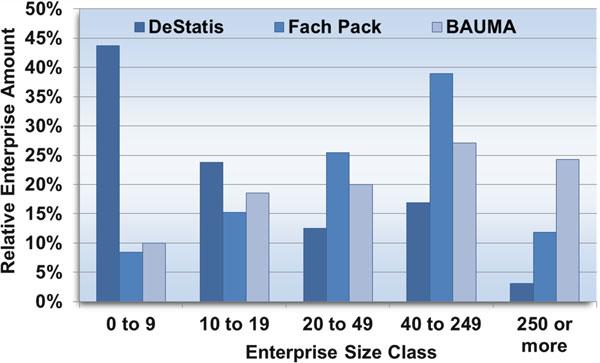C.M. Capra et al.
142 Table 15.1 Treatment A: pairs of offered contracts and expected returns C1 Round Price Dep. 1 360 0 2 335 25 3 310 50 4 285 75 5 260 100 ER(∙) Expected returns parenthesis
Treatment A C2 Safer project Riskier project ERs(C2) ERr(C1) ERr(C2) Price Dep. ERs(C1) 166 300 516 (72) 660.6 (220.2) 660 (360) 607 (607) 169 275 536 (87) 660.4 (211.8) 660 (385) 618 (593) 172 250 556 (102) 660.2 (203.4) 660 (410) 629 (579) 175 225 576 (117) 660 (195) 660 (435) 640 (565) 177 200 596 (132) 660.7 (186.9) 660 (460) 651.5 (551.5) for each contract under each treatment. Standard deviations are in
Table 15.1 shows the pairs of contracts offered to the subjects in each round; it also shows the expected returns and the standard deviations of each of the contracts in each round. The later information was not given to the subjects. Subjects made their choices based on their own risk tolerance, the price, and security deposit of each contract. Treatment A is devoted to test whether the pairs of contracts designed, which combine prices and security deposits, permit the separation of heterogeneous individuals by their risk level. After making their decisions in Treatment A, all subjects read the instructions for Treatment B. In Treatment B, we introduced moral hazard due to ex ante asymmetric information to test the effectiveness of these contracts as a mechanism to separate borrowers with different risk levels. We started within the same previously described context, the only change being that subjects had the opportunity to make another decision before learning about the project’s success or failure. This second decision was whether to modify the original project, which entailed an increase in the projects’ expected return and probability of failure. Thus, moral hazard originated from the lack of control that sellers had on the buyers’ project choice. Note that in our design, if the buyer was successful, he automatically paid the contract price; thus, we excluded moral hazard derived from the ex post asymmetric information between buyers and sellers. The second treatment also contained several rounds in which each subject i = s, r was offered a pair of incentive-compatible contracts shown in Table 15.1. Subjects chose one of these contracts or a risk-free investment, exactly as in Treatment A. The pairs of contracts were identical to those in Treatment A (pairs 1–5 in Tables 15.1 and 15.2) and consequently the expected results, too, in case individuals did not modify original projects. However, when individuals modified original projects, they also modified their expected returns. Table 15.2 shows the contracts 1–5 expected returns and standard deviations. The modified project of s individuals provided a return of 1,200 monetary units in case of success, with a probability of 0.6, and zero in case of failure. For subjects r, modifying the original projects had a success probability of 0.3 and resulted in a return of 2,160 monetary units; failure resulted in a payoff equal to zero. Hence, the expected returns for each s and r subjects for modifying the initial project are given as follows:
ERsm = 0.6 (300 + 1, 200 − Price ) + 0.4 (300 + 0 − Deposit )






